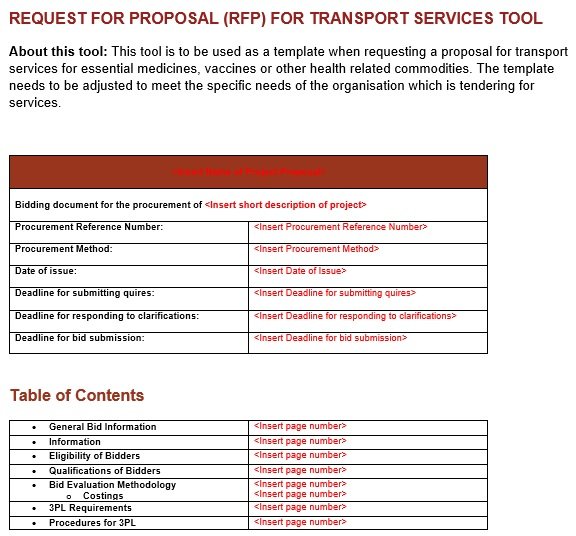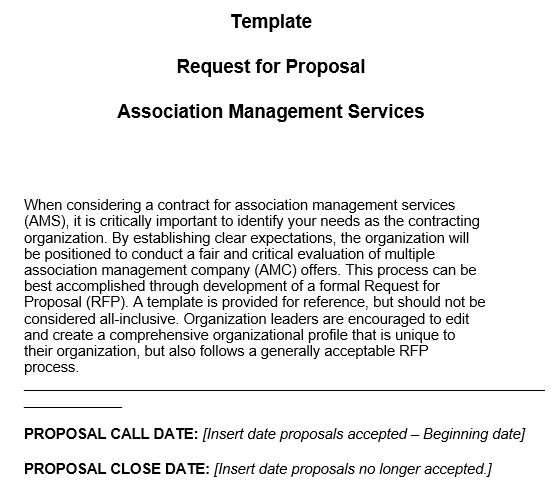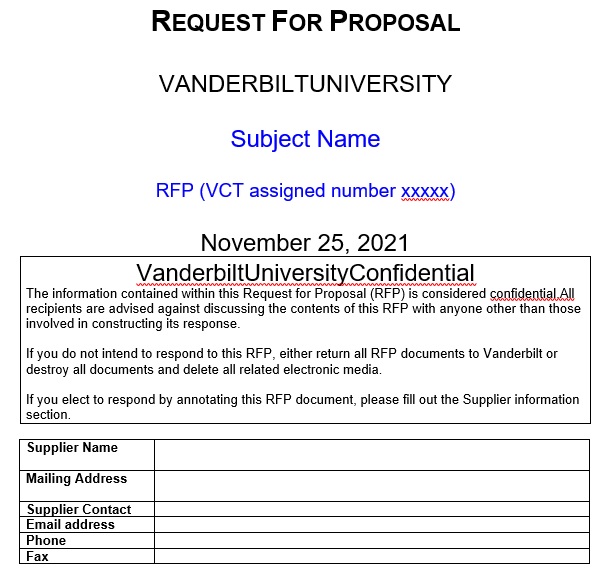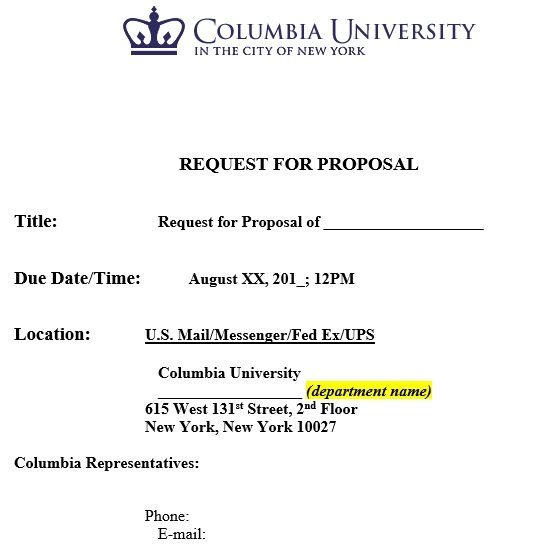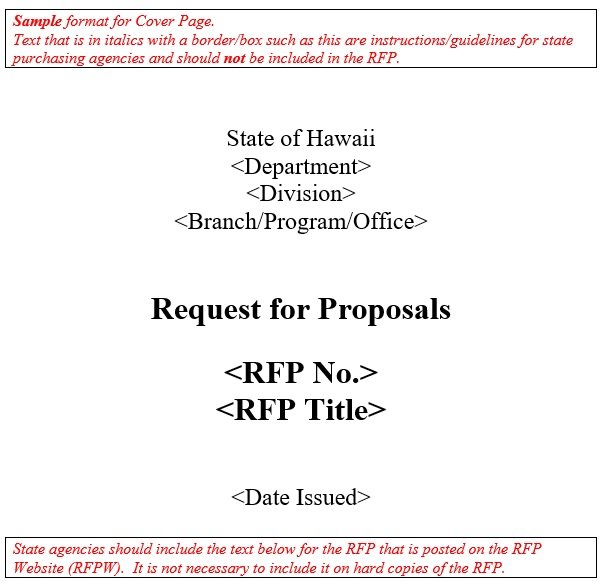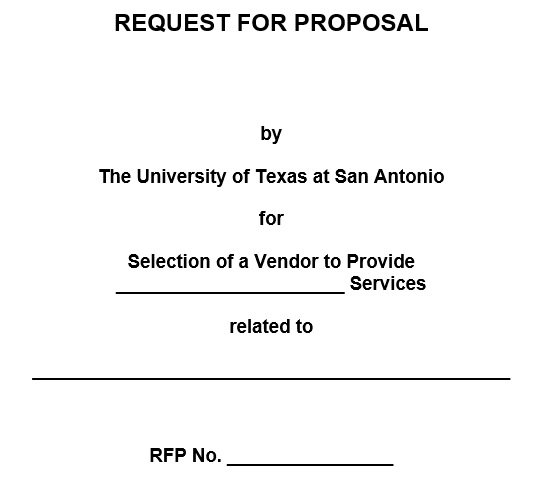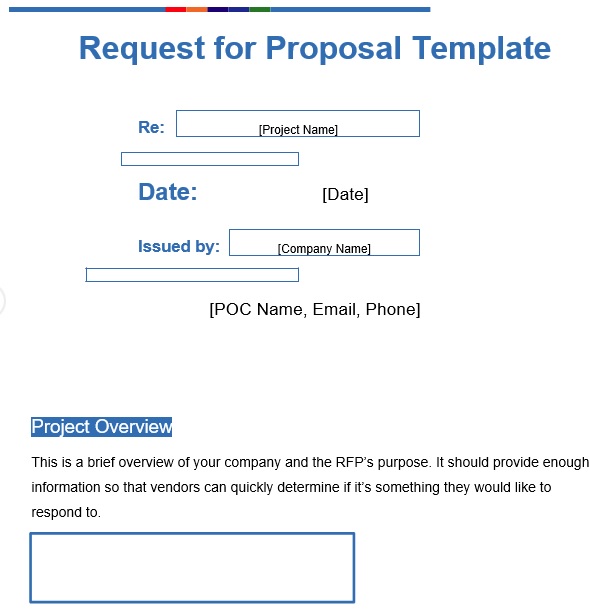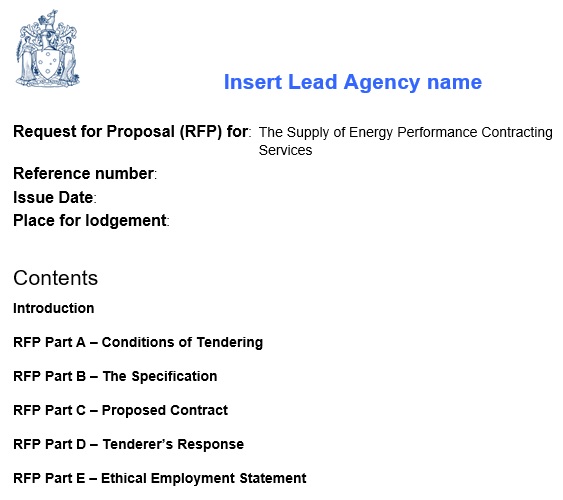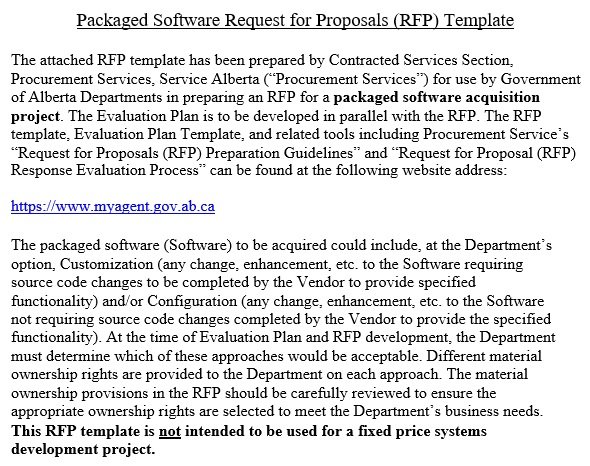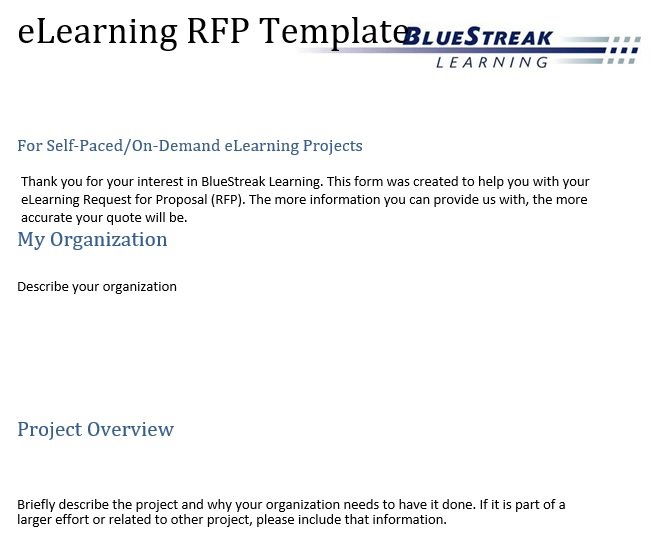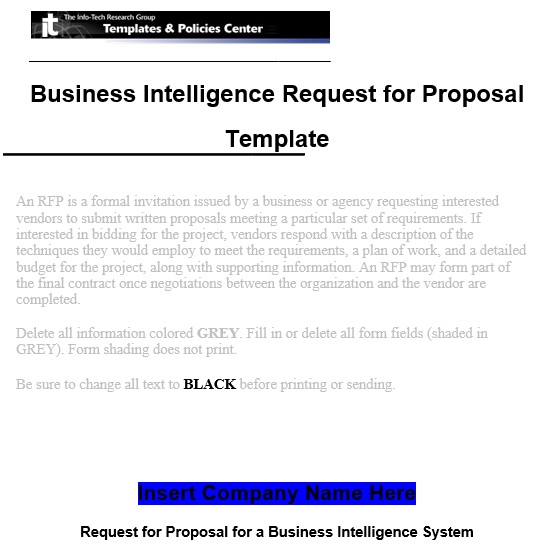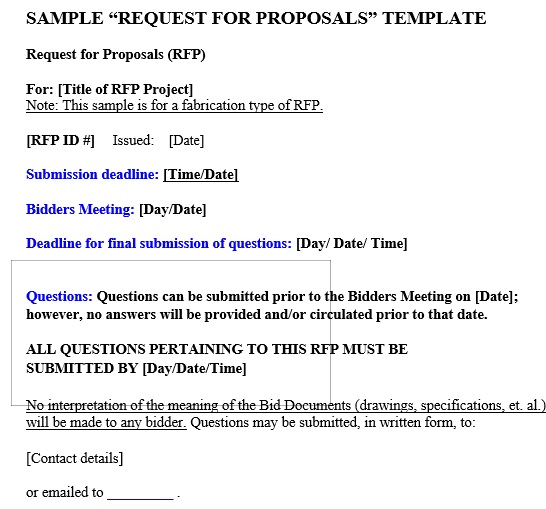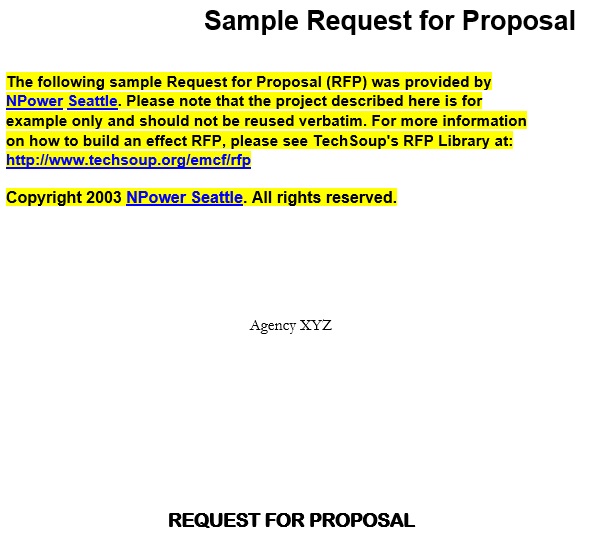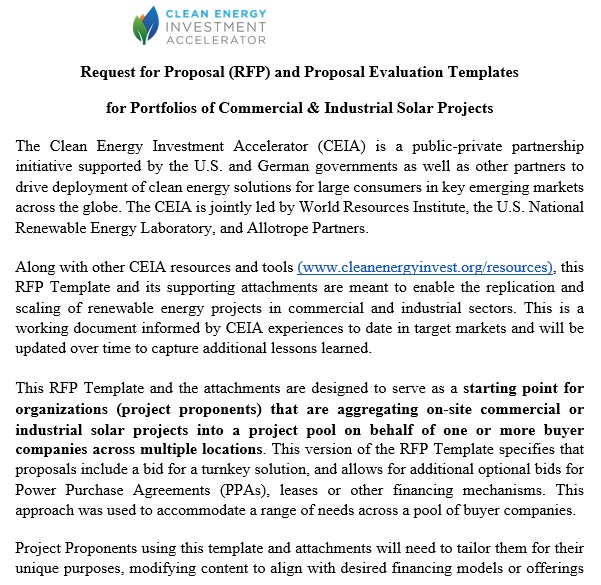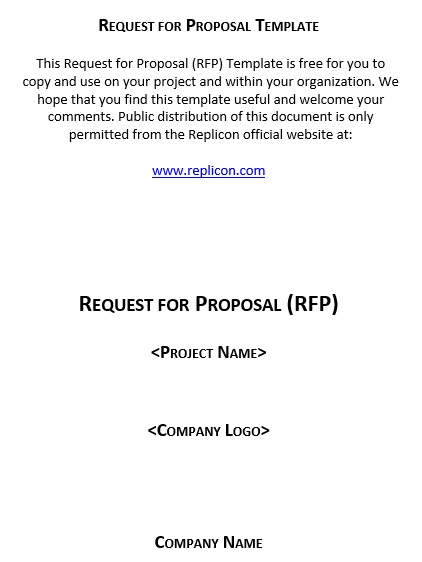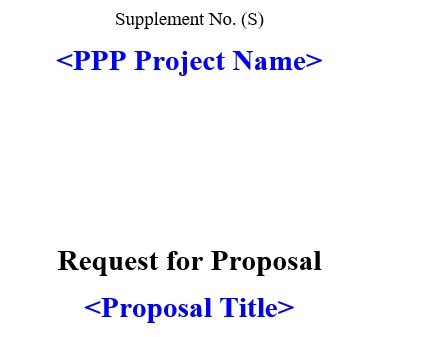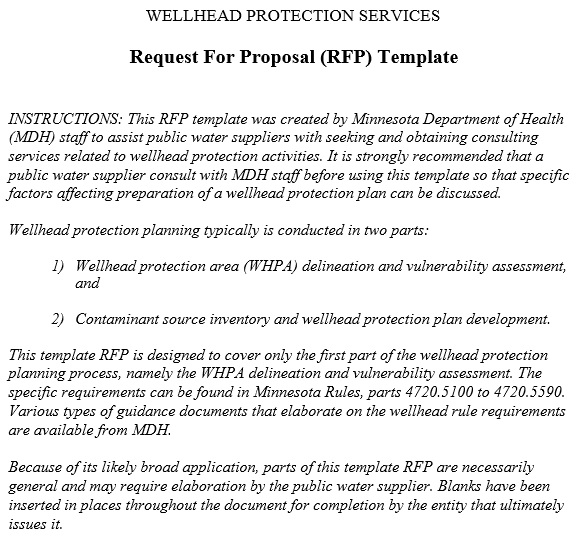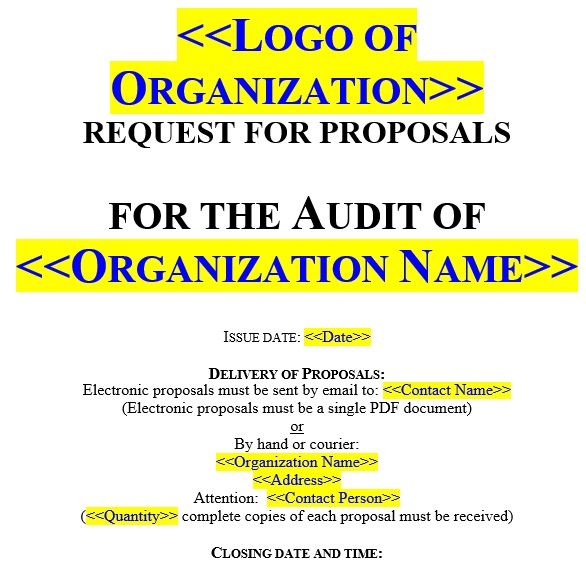A request for proposal template is a document that contains the information what an organization requires from a vendor in order to accomplish a new project. In the procurement process for a business/organization, it is the initial point in providing a new service or creating a new product. On the basis of the size of the business/organization, a request for proposal can be written by an individual or several team members.
Table of Contents
The purpose of RFP:
The main purpose of RFP document is to state the details of the requirements that a company needs to accomplish the requirements of the project in question. Depending on the requirements outlined in the RFP, vendors will submit bids. The business and its stakeholders will assess the competing bids in order to form a short list of contenders or choose the winning vendor outright. You should also check Policy Proposal Templates.
Why do you require an RFP?
The RFP is a significant document to encourage potential contractors in submitting proposals that provide solutions to your organization. An RFP lets the potential contractors know about the work that requires to be done in your company. This motivates them to submit a proposal to meet those requirements. This document informs and notifies potential contractors about what you require and gives them with information that will make them able to offer better proposals.
By publishing a request for proposal publicly, you can enhance your chances of getting a large number of responses to your request. The RFP assists the potential bidders in understanding your requirements properly. RFPs encourage competition among potential collaborators. It is a good technique that makes sure you receive the fairest price for the requested services.
What to include in your request for proposal?
You should include the following important sections in your request for proposal;
At top of the proposal:
- Project Name + Description
- Business/Organization Name
- Address
- City, State, Zip Code
- Procurement Contact Person
- Telephone Number of Procurement Contact Person
- Email Address of Procurement Contact Person
- Fax Number (if applicable)
Introduction:
In this section, you have to include useful background information about the business/organization such as;
- who founded it
- the product or service it offers
- what differentiates it from competitors
- where it is located
Proposed services & deliverables:
Here, you should mention the following;
- a detailed outline of the project the business/organization that require to accomplish
- the expected aims to be accomplished via the project
- the required tasks and methodology for identifying the winning vendor
- for what the vendor will be paid
- what the vendor must deliver
- the criteria that will guide the chosen vendor
Selection schedule:
This section should include a detailed schedule and a timeframe for vendors to submit questions regarding the project. This makes the vendors able to identify if they can meet the business’/organization’s deadlines.
Time and place for submission of proposals:
This element specifies how and where vendors can submit their bids/proposals.
Timeline:
This section should detail the;
- the time constraints of the project
- the dates when the stakeholders desire to see action on the project
- several phases that includes setup, initiation, planning, and timeline to completion
Elements of proposal:
To add in their bid/proposal, specify the checklist of what the business/organization expects vendors.
Selection criteria:
Selection criteria include the following information;
- the business’/organization’s expectations
- a list of necessary items that will define the best
- examples of past work
- a record of explained success with identical businesses/organizations
- the expertise and technical skills required
- within the business’/organization’s budget, a cost of services offered that falls
Possible roadblocks:
Mention any obstacles that include limited resources and may keep specific vendors from completing the project satisfactorily.
Budget:
This section notifies the vendor how much the business/organization is able to pay them for their services. Mention a request for an itemized cost estimate from the bidder.
Before or after the RFP process, there are two types of requests that may occur;
- Request for Information (RFI):
A request for information is useful for businesses/organizations and show that the stakeholders are unsure about purchasing the external services in question. It also states that they need more details or information before they can truly decide. Additionally, it is also known as an expression of interest (EOI). - Request for Quote (RFQ):
This document indicates the information that the business/organization needs to proceed with hiring a vendor for a project except the cost/price.
How to write a request for proposal?
The designing of your RFP document identifies the success or failure of your company’s bid and the resulting outcome. You can limit your proposal innovation and creativity if a proposal is not properly designed in terms of specifications and whether it is too detailed or restricted.
The bidders might lose interest in the proposal you are putting up in case RFP formatting makes the requirements too vague. After creating your RFP document, a committee can review and then assess the requests. From there, to improve the initial draft, you should consider their recommendations. The final response you provide after offering their recommendations would come in the form of RFP response templates.
The next step in the process for the bidding company is to select a group of bidders that will negotiate the prices and technical details. When you submit the contract and final offer, this shows your final decision.
Conclusion:
In conclusion, a well-designed request for proposal template will enhance the likelihood that a business will obtain the services it requires. A clear and professional RFP will attract quality potential vendors. This document saves a company time in completing a top-drawer project.

